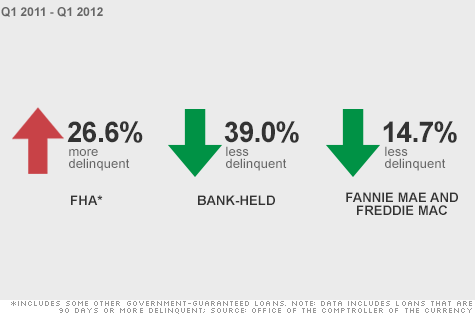
Tis the season to sell and buy! Here are the top four reasons sellers should list and buyers should purchase prior to ringing in the New Year.
The commitment factor
Buyers searching for homes over the holidays are serious, committed and ready to go, often motivated by a deadline-oriented relocation brought on by a career switch or an unexpected change in housing situation.
Furthermore, with vacation time during the season, local buyers generally have more time during the weekdays to look.
Emotional buying
The holiday season also brings out emotions and feelings of nostalgia in buyers, which may help push their decision making to quickly move forward with the purchase.
When staging homes, sellers and agents should try to make the house feel as holiday-homey as possible. Let the buyers picture themselves there.
How about some tasteful greenery, the gentle glow of twinkly lights, a little golden holiday bling and the scent of baking cookies wafting through your open house?
The low inventory advantage
Inventory of homes for sale is excruciatingly low. Buyers have fewer choices, which means sellers’ homes will be in demand — and greater demand equals more money.
Low inventory isn’t necessarily a bad thing for buyers, especially for those who must make a decision quickly.
However, both buyers and sellers must be realistic about desired purchase and sale pricing.
Tax advantages
Purchasing prior to the end of the year can be advantageous and motivating to buyers for tax reasons.
Closing on a home before the end of the year allows you to deduct property taxes, mortgage interest, and loan points on this year’s tax return.
If you can buy your dream home AND save money, why wouldn’t you?
“4 Reasons to List or Buy a Home in December” was provided by Zillow.com.




 Delinquencies and foreclosures of FHA-backed mortgages are soaring, putting further strain on the housing agency’s finances and making a taxpayer bailout more likely.
Delinquencies and foreclosures of FHA-backed mortgages are soaring, putting further strain on the housing agency’s finances and making a taxpayer bailout more likely.
© 2013 The Peral Group